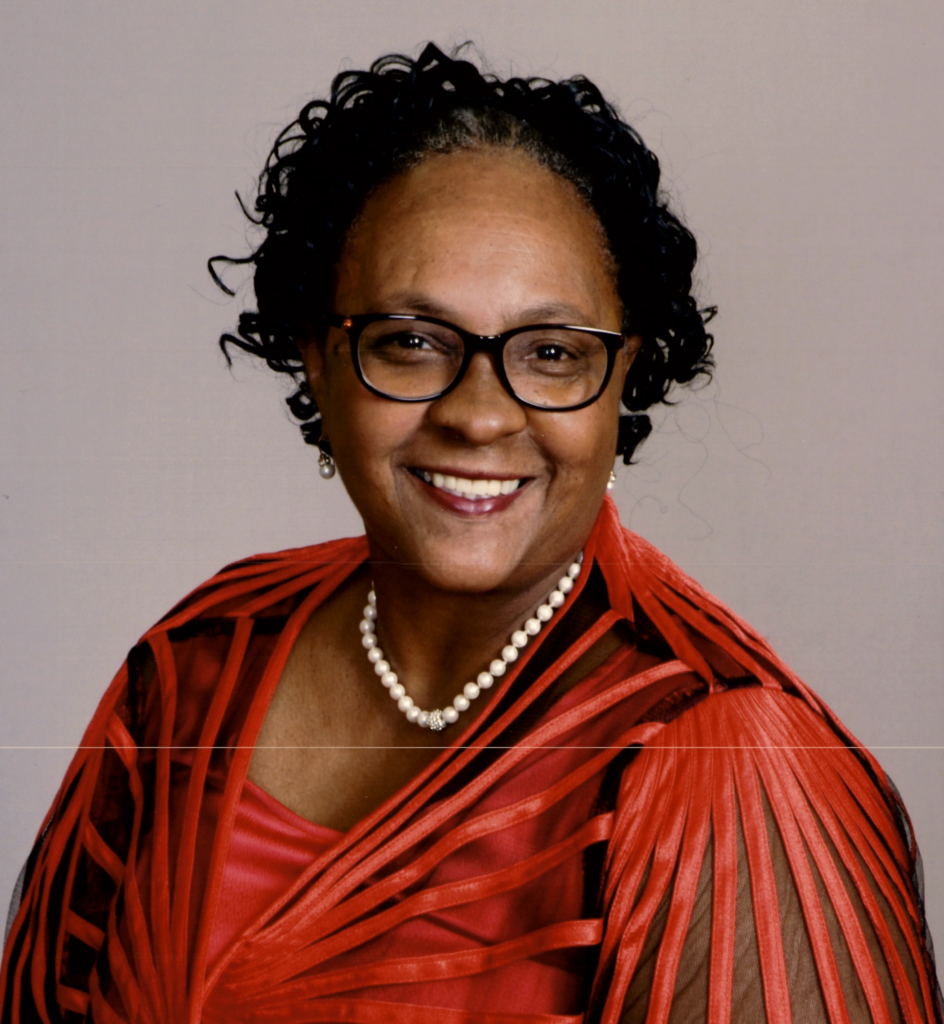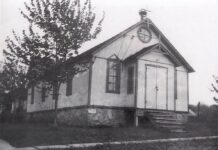
By Susan Ingram
Since 1977, Anita Neal Powell, founder of the Lincoln Park Historical Foundation, has been laser-focused on bringing Montgomery County’s historic Black communities into the spotlight—to be seen, acknowledged and never forgotten.
Her quest to enlighten everyone about Montgomery County’s Black history was sparked by her son’s fourth-grade school project on slavery. She has been tirelessly researching and unearthing Black community history through records, photos and, most importantly, personal stories ever since.
Q: How has your work evolved over these 45 years?
A: The short answer, it has changed, because technology is definitely one of the tools that we use today. The pandemic also changed things because it gives us some online presence. We are able to gather more attention because people are so stuck in their homes. They want to do things and they are tuned in now. Years ago, that was not available. So that’s one way in which the way we collect history has changed.
Also, back in, I think 2004, we had our first—and only one in the state at the time—Maryland African American Heritage Preservation Conference. It was held in Easton. And we still have that conference. That has become statewide. We’ve been to Frederick, Prince George’s, Baltimore, different parts of the state. And what we do is gather together to find people who are preserving their history in their communities. And from there, we then highlight certain aspects of their communities.
Q: What is your most effective tool, or technique, for discovering “disappeared” Black history?
A: A lot of what we do in terms of collecting research is, we talk directly to those individuals who live in those communities. For example, if I wanted to know something about Poolesville, I just would not look at Poolesville history from Montgomery County Historical Society, or wherever. I would absolutely go to those individuals and interview them, and then we would have a tour of their community. Even if it’s a lost community, they can point out places that you don’t see anymore, whether because of development, or even if there’s nothing left.
You might find a church that’s in the middle of a new development. But we know that that community existed because you would not have a Black church in a predominantly white community, if the Black presence was not there originally.
So, the bottom line is, we never go into a community without contacting someone who’s from that community. Because we can only share what we have read, but they actually can tell the real history. And from that we put together several books. And it’s based on their history and our research come together as one, to really talk about lost communities, those communities that you didn’t even know existed. We found at least 200, over 200 Black communities in Montgomery County, and it totally blows people’s minds! It’s like, well, what do you mean, 200? There’s only a few and you can’t even see them today.
Q: Can you give an example of a “lost community” people are in every day and don’t know?
A: If you travel to Rockville, for example, I live in Lincoln Park, which is a historically Black community. And people will say, ‘Well, no, you have other races.’ It is still historically Black. I don’t care how you look at it. I don’t care about the color of the skin. It was a historically Black community. Period. And I do not deviate from that. It is what it is. But let’s take Rockville. Downtown Rockville, the area of North Washington Street, Hungerford Drive, East Middle Lane and Beall Avenue. That was a Black community. It had your church and your businesses. It had duplexes and apartments. So, you might say, ‘Well, it’s a bunch of new developments. You have new stores, you have Town Square, etc.’ That’s true. So where did Black people live? We lived in that area.
When I became chair of the Rockville Historic District Commission, my legacy was, and I always love this, to make sure we document the history of that Rockville Black community. Now, when you walk around those streets that I just mentioned, in downtown Rockville, the seat of Montgomery County, we have markers to depict the history of the schools; we had two college schools, we had churches, we had everything that a community would want. So, if you don’t know anything, and you take a stroll down that main street, you will find out everything you want to know about Black people. I was determined to make sure that people knew that. And this was even before ‘destination tourism.’ I’m excited about that. Because our history lives, and there’s no one to doubt what was there before. It’s called the Rockville African American Heritage Walking Tour. And I give tours and other people give tours—but that is my legacy.
Q: You have done so much, it fills volumes. What do you hope for the future of your work?
A: As long as the history lasts, and people can take whatever it is that we do, and they can build upon it—then our job would be complete.




